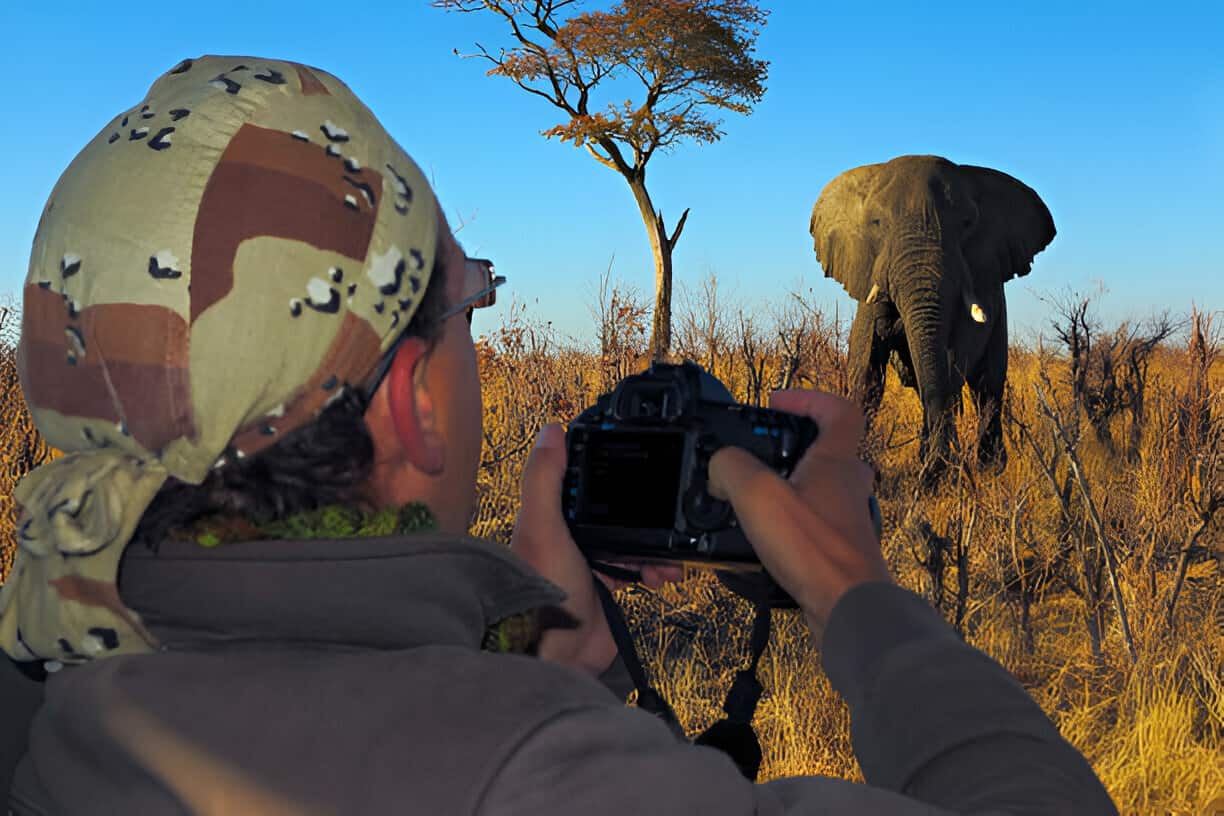Mastering Composition: Techniques for Stunning Safari Wildlife Photos
For many photographers, capturing wildlife in their natural habitat is the pinnacle of their craft. It requires an alignment of skill, patience, timing, and, often, a stroke of fate. Embarking on a safari is one of the most profound ways to engage with nature’s gallery and to return with more than just memories but a trove of stunning visual narratives. To fulfill this endeavor, one might venture on luxury Tanzanian safari’s from Unique Safari’s itineraries, seizing the opportunity to photograph some of Africa’s most iconic species against backdrops of unparalleled beauty. Creating impactful wildlife photography isn’t just about being in the right place—it’s also about embodying the proper techniques and use of equipment. Here, we provide essential tips to help you bring back images that resonate with the vibrancy and grandeur of the natural world.
The Magic of Golden Hour: Light’s Role in Safari Photography
The captivating allure of the ‘golden hour’—the short period just after sunrise and before sunset—has long been revered by photographers. This time is cherished particularly in safari settings, where the interplay of light accentuates the textures and layers of the landscape. The understated drama of the subdued sun casts a magical spell, making even the most ordinary scenes seem extraordinary. One’s visual senses are heightened as the light dances across the terrain, lending subjects a dimensionality and warmth seldom found at any other time of day.
Choosing Your Gear: Camera Considerations for the Wild
Selecting the right camera and lenses is crucial for any wildlife photographer. The requirements of a safari bring additional considerations—durability, battery life, and versatility must be weighed alongside image quality. A full-frame DSLR or mirrorless camera is often recommended due to its superior performance in varied lighting conditions and compatibility with an array of lenses. As for lenses, a telephoto lens, generally 100mm to 400mm, provides the reach needed to capture subjects from a distance. At the same time, a fast aperture helps in lower light and grants a pleasing bokeh, rendering the wildlife sharply against softly blurred backgrounds. As documented on platforms, the advice from seasoned photographers can guide beginners and professionals alike in assembling their optimal gear kit.
Position and Patience: The Two P’s of Wildlife Photography
Envisioning and capturing a compelling wildlife photograph means waiting for the decisive moment—a look, a leap, a landing. It’s a practice of both alert readiness and serene patience. A key element is positioning oneself intelligently about the sun’s direction, the subjects’ habitual paths, or other environmental factors. But the capacity to await the perfect confluence of events, sometimes for hours, differentiates the opportunistic from the dedicated photographer. This unwavering patience is often rewarded with singular shots that give poignant insight into the natural world.
Behind the Lens: Creative Composition in Nature Shots
While technical proficiency is fundamental, the emotional impact of a photograph is often dictated by composition. Techniques such as the rule of thirds or leading lines can create dynamic tension and focus on the subject. The interplay of elements within the frame—the starkness of a lone tree, the curve of a riverbank, or the juxtaposition of natural patterns—can all contribute to the story you’re aiming to tell. Ultimately, every choice in framing and composition should draw the viewer into the scene and impart the same sense of wonder the photographer felt when the shutter was pressed.
Shots in Motion: Capturing Animal Action and Interaction
Safari photography is as much about movement and behavior as it is about portraits and scenery. The stillness has a compelling beauty, but the heart-racing thrill of capturing a predator in pursuit or the tender nuzzle between mother and offspring is incomparable. These moments are brief and require a photographer to master their equipment—to adjust shutter speed swiftly, for instance—and an intuitive understanding of animal behavior. Studying resources for animal behavior patterns can provide invaluable insights for photographers looking to anticipate and capture these powerful instances of interaction.
From Closer Perspectives: The Importance of Macro Photography
Though the grandeur of the savannah and the majesty of its most giant inhabitants are typically the stars of safari photography, an entire microcosm also begs to be seen. Macro photography offers a closer perspective that reveals the complexity and beauty of the more minor ecosystem elements. The iridescent shell of a dung beetle, the interwoven textures of bird feathers, and the complex structures of African flora are all subjects that provide an alternative narrative of the safari experience. Macro lenses allow photographers to approach these subjects closely and capture details that are otherwise invisible to the naked eye.
Sustainability and Etiquette: Respecting the Natural World
Photographing wildlife comes with the responsibility not to harm. Respect for the environment and its residents is paramount. It means adhering to park rules, keeping noise to a minimum, and never encroaching on an animal’s space to the point of stress. Conservation is the cornerstone of wildlife photography; photographers who practice ethical shooting secure the longevity of their subject matter and contribute positively to the narrative of sustainable tourism.
Capturing the Candid: Unscripted Moments in Wilderness
The pursuit of perfection in wildlife photography can sometimes overshadow the authenticity of unexpected, unscripted moments. These spontaneous captures often resonate with wild spaces’ raw emotion and unpredictability. Whether it’s the humorous interaction among young cubs or the elegant flight of a startled gazelle, candid moments can encapsulate the spirit of adventure that a safari is all about. Having a camera at the ready is essential, as is an openness to the unplanned delights that nature invariably presents.







